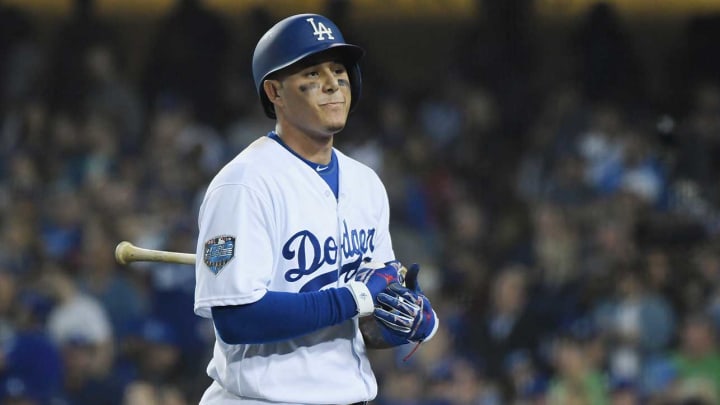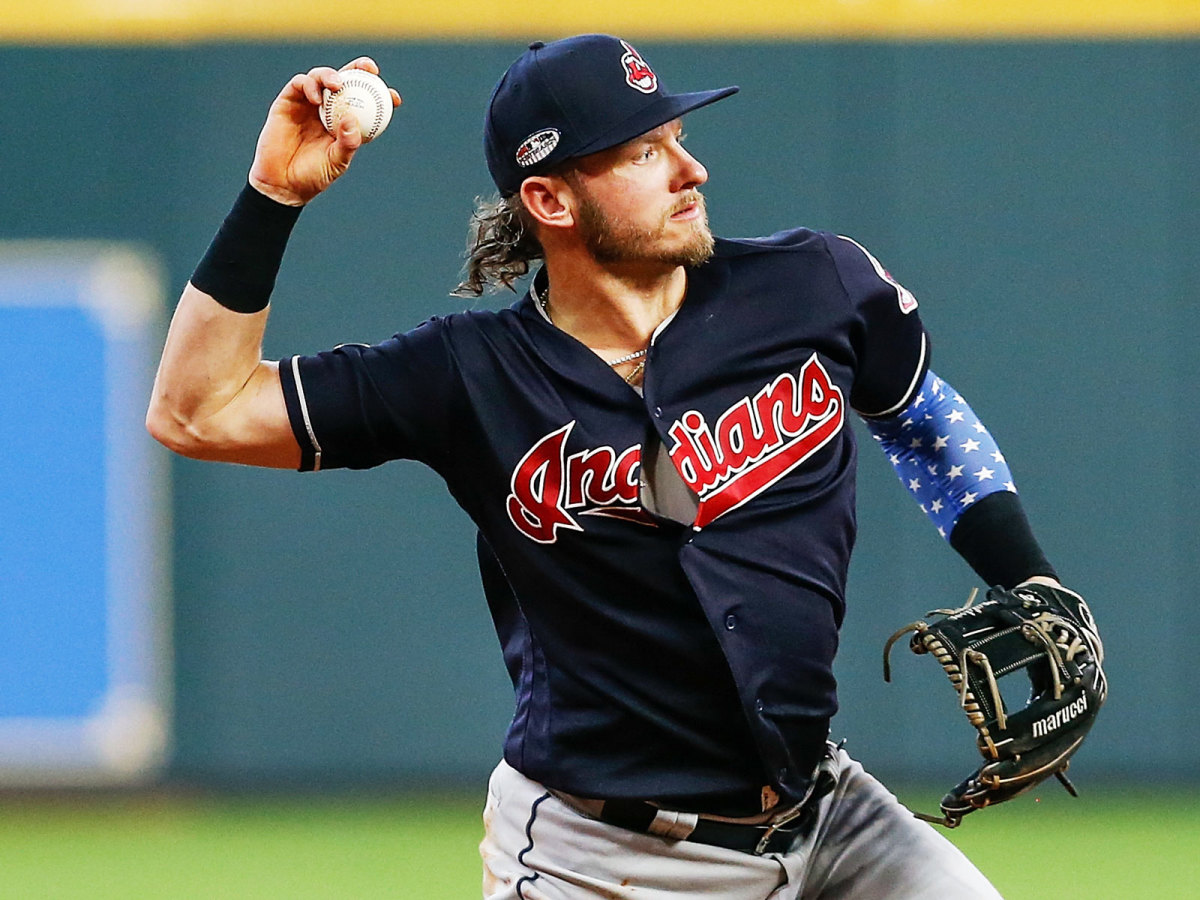Why There's No Reason to Think Free Agency Will Get Better for Players

Another November, another round of warnings about the shrinking middle class—and not just on the campaign trail. MLB players are only a year removed from an offseason that stiffed hopeful free agents and panicked their peers. While top players still got their megadeals after waiting out the market, the second and third tiers of free-agent talent sat unsigned until spring training, and when many of them signed they received far less than they had expected. Will it happen again this winter?
From 2007 to 2017, the game’s overall revenue nearly doubled. But compare the top 10 eight-figure deals received by free agents after each season: After 2007, the top 10 eight-figure free agents received a combined 37 years and $476 million; ten years later, that group received a combined 33 years and $494 million. In 2007, Torii Hunter hit the market at 32 and got five years, $90 million; Lorenzo Cain, a comparable player whose best seasons had been better than Hunter’s and who was hitting free agency nearly a year younger, got five years, $80 million after 2017. There’s no need to adjust for inflation, let alone baseball’s growth: Free agents got licked.
The top of this year’s class—Manny Machado and Bryce Harper—should sign top-of-market contracts, paying each more than $30 million annually. Machado in particular, assuming he doesn’t spike opposing executives like he did half the Milwaukee Brewers, has a shot at signing the biggest contract in league history. And lefty starter Patrick Corbin, coming off an excellent walk year in Arizona, may well cash in with an old-school overpay.
BACCELLIERI:Projecting Three Different Record-Setting Contracts for Bryce Harper
But the situation is less rosy further down the free-agent list. Josh Donaldson was AL MVP three years ago, but he missed much of 2018 with injuries and turns 33 in December. Dallas Keuchel won the AL Cy Young the year Donaldson was MVP; though still an above-average innings-eater, he has yet to reach that high again. What about Jeurys Familia and Zach Britton, closers whose superhuman years have come and gone? How will they be paid? What about outfielder A.J. Pollock, who posted a 7-WAR season in 2015 but because of injuries hasn’t managed to accumulate 7 WAR over the three combined seasons since?
One of Pollock’s Arizona teammates, former Twins third baseman Eduardo Escobar, decided to forgo free agency altogether and take a three-year, $21 million deal in October. It’s not a big number, but last offseason third basemen Mike Moustakas and Todd Frazier combined for $23.5 million.
Escobar’s decision brings a simmering question to a boil—will players now avoid the open market and seek extensions with their teams? This summer I ran the question by a few All-Stars.
Rockies outfielder Charlie Blackmon, who would have been a free agent but signed a six-year, $108 million extension shortly after the season got underway, said that he looked at the contracts comparable players had signed, thought about how much he liked being a Rockie and the risk on the open market, and decided to stay put. “I’m not an extravagant guy,” he says. Gerrit Cole, the Astros’ starter due to hit free agency after next season, said that while last offseason was “bad for the game,” he thought the system overall still was set up to reward consistent high performers.

VERDUCCI:Setting the Stage for Bryce Harper's Historic Free Agency
The Reds’ Scooter Gennett, who became a standout hitter in 2017 and is eligible for free agency after next season, said that while he’s happy in Cincinnati, he wasn’t spooked by the last offseason. “If you’re a good player and you have a strong work ethic, you’ll have a job. There aren’t going to be many 10-year deals anymore, but there’ll still be two- or three-year deals, sometimes for more money per year.”
And Cleveland’s data-savvy Trevor Bauer, who is eligible to become a free agent after 2020, plans to lean into the market’s shift by signing a series of one-year contracts once he’s out of the Indians’ control. “The majority of stuff I do is very calculated, and the reason I can think that going year-to-year is a viable model for me is because I’ve collected numbers on my health, my training, my development.”
Extensions, after all, are no panacea: Michael Brantley, Craig Kimbrel, and Andrew McCutchen are some of the other players that will hit the market this winter after having signed medium-term deals to buy out the first years of free agency. All three have seen their stocks fall in recent years. McCutchen could have hit free agency as a 29-year-old coming off a 5 WAR season; instead he hits it as a 32-year-old, coming off a 2.8 WAR season, having been paid $41 million, maybe two-thirds of what he would have gotten on the open market, for those three seasons.
TAYLER:Buyer Beware! These Are the Likeliest Free-Agent Busts This Year
Still, free agency is under pressure. If last offseason repeats itself, the union will grumble, and the likelihood of a work stoppage after the 2021 expiration of the collective bargaining agreement will continue to grow. Commissioner Rob Manfred said before the World Series that he plans to talk extensively with the union in the winter.
The parties will need to come up with a solution for what is best termed the A’s/Rays Dilemma. Last offseason, with the market sending no cash free agents’ way, agents and players whispered of collusion. When the smoke cleared, the players’ association chose simply to file a grievance against four teams—the Rays, A’s, Pirates, and Marlins—for failing to spend their revenue-sharing dollars. But this, for the union, is the problem: While the Marlins lost nearly 100 games, the other three teams finished above .500. The Rays won 90 games in the nasty AL East, and out west Oakland won 97 and a wild-card berth. Signing Lance Lynn or Logan Morrison or Alex Cobb would have hindered them, not helped. If those small-market clubs are doing roster assembly wrong, then which ones are doing it right?
Free agency was for ages the players’ best weapon, but in retrospect it may have been premised on teams’ shortcomings in evaluating players as they age. The game these days is dominated by power and velocity and defensive speed, all traits that diminish with age. Most teams now are too smart to throw four years and $70 million at so-so 32-year-old third starters or corner infielders with dwindling bat speed—and the Orioles don’t have the roster space to sign them all. Something’s gotta give.
